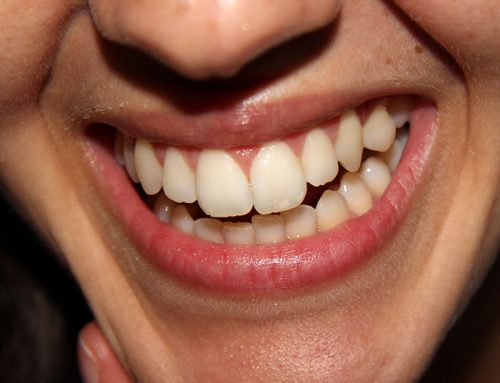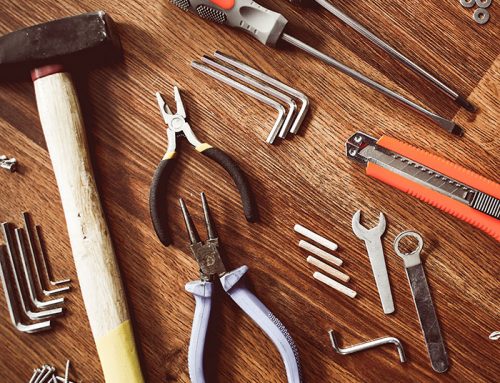I have patients come in complaining of headaches; of course I ask if they have been under any more stress and if they have noticed if they are clenching or grinding their teeth. Unfortunately, people are under a lot of stress these days and most clenching or grinding occurs while we are sleeping and unaware so most people aren’t sure how to answer. Many have managed their headaches with over-the-counter painkillers and prescription drugs, but few have considered their pain may stem from their jaw (Temporomandibular Disorder (TMD)) and they never thought to mention it to me. Often, they have heard the term, but have no idea how it might apply to them.
As a dentist, I’m trained in all structures related to oral health and dentition including the muscles and bones of the temporomandibular joint. Please don’t be put off by this 17-letter word. Temporo means temple, and mandibular refers to the jawbone (mandible). You can feel these joints – among the most complex in the human anatomy –just in front of your ears when you open and close your mouth.
TMD symptoms may include:
- Pain around your ears
- Tooth pain
- Clicking or popping noises in the jaw joint
- Jaw locking in an opened or closed position
- Facial swelling
- Humming or ringing in the ears
- Headaches.
When the bone and soft tissue of these joints are injured, aggravated, and otherwise inflamed, pain results. But what are the causes of associated headaches? A partial answer is that these joints share a very nerve-rich environment in the cranial area so that pain can travel up and around your head. This is called referred pain. Another very common reason is the surrounding muscles responsible for moving the joint for chewing and talking get aggravated, overworked and inflamed resulting in tension headaches.
Another feature of these unique joints is that each has a pad or disk between the ball and socket which acts as a cushion, not only to accommodate its range of motion, but as protection against fracture. But it doesn’t take a broken jaw to slow you down. When this disk is irritated or injured, it can become inflamed leading to pain. Muscle and cartilage in and around the joint can also become inflamed, particularly if subjected to constant or severe strain. And once the inflammatory process begins it is very hard to reverse it without intervention. We use our jaw joints constantly, and they get little recovery time.
There’s no one cause for TMD, but potential causes of TMD facial pain and headaches, aside from facial trauma, are pressure caused by jaw-clenching and grinding, particularly at night, a dislocated joint disk, misalignment of the bite, and even poor posture has been identified as a contributing factor.
If your headaches are TMD-related, or if you are experiencing any of these other symptoms, in most cases, I can prescribe a small comfortable appliance that properly aligns the jaw and protects the joint. The bite guard appliance used in combination with other health and wellness modalities such as acupuncture, massage or chiropractic care is very affective in reducing and even eliminating headaches associated with TMD. However, if the bite appears mechanically misaligned or your problem is more complex, other options may need to be considered such as Invisalign, to properly align teeth, a referral to a jaw specialist and sometimes even Botox Cosmetic treatment for the overactive muscles.
One way to find out if your headaches are caused by TMD is to book a consultation at our office by calling us at 604-277-1131 or emailing info@stevestonsmiles.com .





